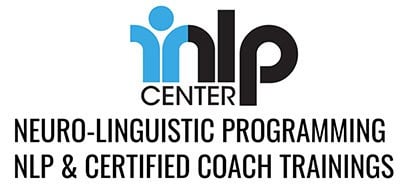It’s in the past. Forget it and move on!
This is typical advice from a thousand armchair psychologists.
It is also common to hear this from professional counselors and coaches.
Little do these well-intended folks know that this is not only impossible, but ignorant.
What do you do, then, if you are living in the shadow of a painful past?
To answer this question, we need to dive a little deeper. We’ll do this FAQ style.
What is the past, anyway?
The past is a concept in your mind.
Most people subconsciously imagine the past trailing off in the mental distance, sprinkled with memories. There is no actual, objective past. There is only your present mental perspective on the imagined past.
In other words, you actively maintain the past by viewing it in light of your current perspective and experience.
At any point in time, your perspective on the past can be reframed with new information, giving the past new meaning.
What is the healthy purpose of the past?
Without what you learned in the past, everything you know today would vanish.
You know how to turn a doorknob, for example, because at some point in the past you learned how to do this. If you did not maintain that learning, you would suddenly have no idea what to do when you approached a door.
The purpose of the past is to inform the present with what you need to know and do to thrive. In other words, what you’ve learned in life is a gift that keeps on giving, every moment of your life.
Why do we cling to pain from the past?
Early in life, when painful, negative events happen that threatened you emotionally, you had no way of realizing that this was not about you.
Children do not possess the mental and emotional boundaries that adults possess. As a child, you could not separate what was done to you by others from who believe you are.
If a series of painful events occurred, such as abuse or consistent rejection, control or deprivation of needs, you had no choice but to experience yourself through these events.
Over time, consistently experiencing yourself in a negative way, it became familiar. You learned to survive by tolerating and even subconsciously seeking out these negative experiences as an expression of your identity.
This is called a negative psychological attachment. When you are attached to experiencing yourself negatively, your identity expresses itself by reviving and experiencing the negativity in the present.
This is why people continue to subconsciously seek out negative people, experiences and habits, even when they consciously do not enjoy it.
How do you let the negative in the past go?
There are many ways. Fundamentally, all of them have two things in common: raised awareness (insight) and strategy.
Raised awareness is critical. However, not all awareness is healing. For example, you can be aware that your back feels uncomfortable. This awareness may or may not reduce the pain.
Or, you can become aware that your back is hurting because you are sitting in a twisted position. This is the kind of awareness that gives you real problem-solving choices.
Mental and emotional discomfort is no different. You can be aware that you feel bad and that awareness may or may not help. Or, you can become aware that you feel bad, for example, because you tend to remember painful things up close and personal (in our NLP training, we call this being associated). Likewise, you may realize that you remember pleasant things as if from a mental distance (NLP: dissociated).
The unconscious structure of your past memories has everything to do with how you feel when you remember them.
I use dozens of mental strategies with my clients and – interestingly – they all work when the client has come to realize that he or she is attached to a negative past and sets a conscious goal to let it go.
When you don’t have such a goal, then you tend to experience the negativity in your past passively. In other words, it feels as if the past is casting a shadow on your life that you cannot escape.
If you feel like your past is getting in the way of your happiness and success, then consider the following:
1. You may be unconsciously attached to the negativity in the past and are expressing that negativity as part of who you believe you are in the present.
2. Once you come to terms with #1, there are many simple techniques that will work for you to mentally learn from and let go of the past. NLP association and dissociation patterns are among them.
However, don’t count on any technique working for you until you decide you’ve had enough of experiencing yourself through an attachment to negativity.
If you like this article, then like my Facebook Page to keep up with all my writing.


